When Gladys Wanga, the governor of Homa Bay County in Kenya, opened an ultra-modern Rachuonyo East sub-County Hospital in June 2023, she received congratulatory messages and one question.
The congratulatory messages were informed by the fact that the county had not seen much development in healthcare provision since devolution started in 2013.
Health commodity security is one of the four pillars of Kenya’s UHC dream, which needs the full cooperation of governors to be realized since they are the key purchasers of health commodities.
Before devolution, Kenya had eight administrative regions called provinces, all managed by State-appointed commissioners.
But the 2010 Constitution abolished the provinces and replaced them with 47 semi-autonomous counties run by elected governors and representatives in the local legislative assemblies.
Kenya’s Universal Health Coverage policy states that the availability, accessibility, quality, and pricing of medicines, vaccines, and health products and technologies are crucial to the success of UHC.
The central government still holds several functions, but healthcare was decentralized, or rather, devolved, and the governors have to upgrade medical facilities in their respective regions.
The decentralization of healthcare poses a minor challenge as Kenya works towards achieving Universal Health Coverage (UHC) by 2030: The UHC dream is being championed by the central government, but it can only materialize when the counties fully understand and implement the former’s national healthcare policies.
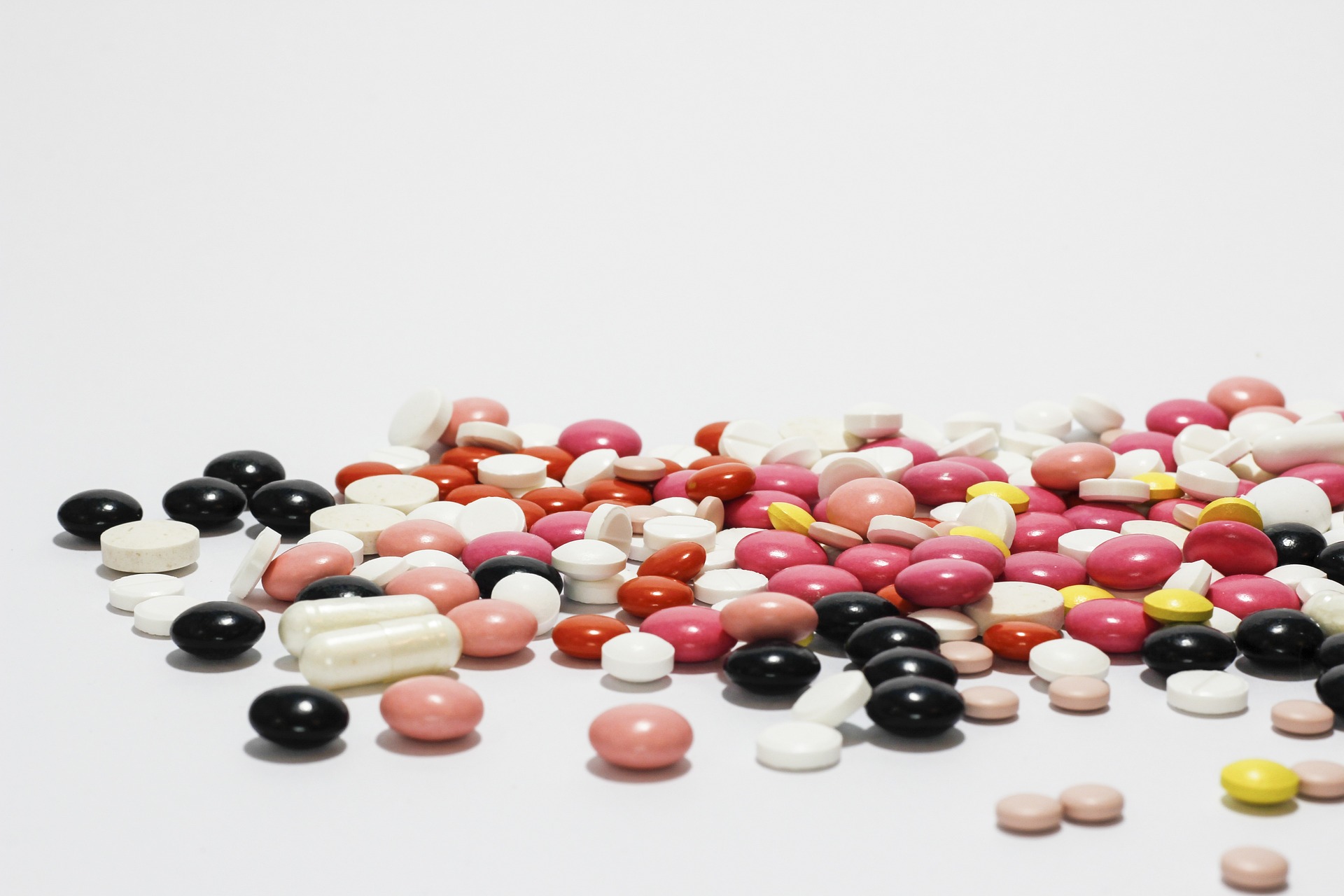
The question residents of Homa Bay County wanted Governor Wanga to answer was: Will the ultramodern hospital have medication?
That question arises from the fact that Kenya’s public hospitals often have stockouts of medication and generally crucial health commodities.
This situation forces patients to go to private healthcare providers whose prices are extraordinarily higher and whose services are invariably overrated.
Health commodity security is one of the four pillars of Kenya’s UHC dream, which needs the full cooperation of governors to be realized since they are the key purchasers of health commodities.
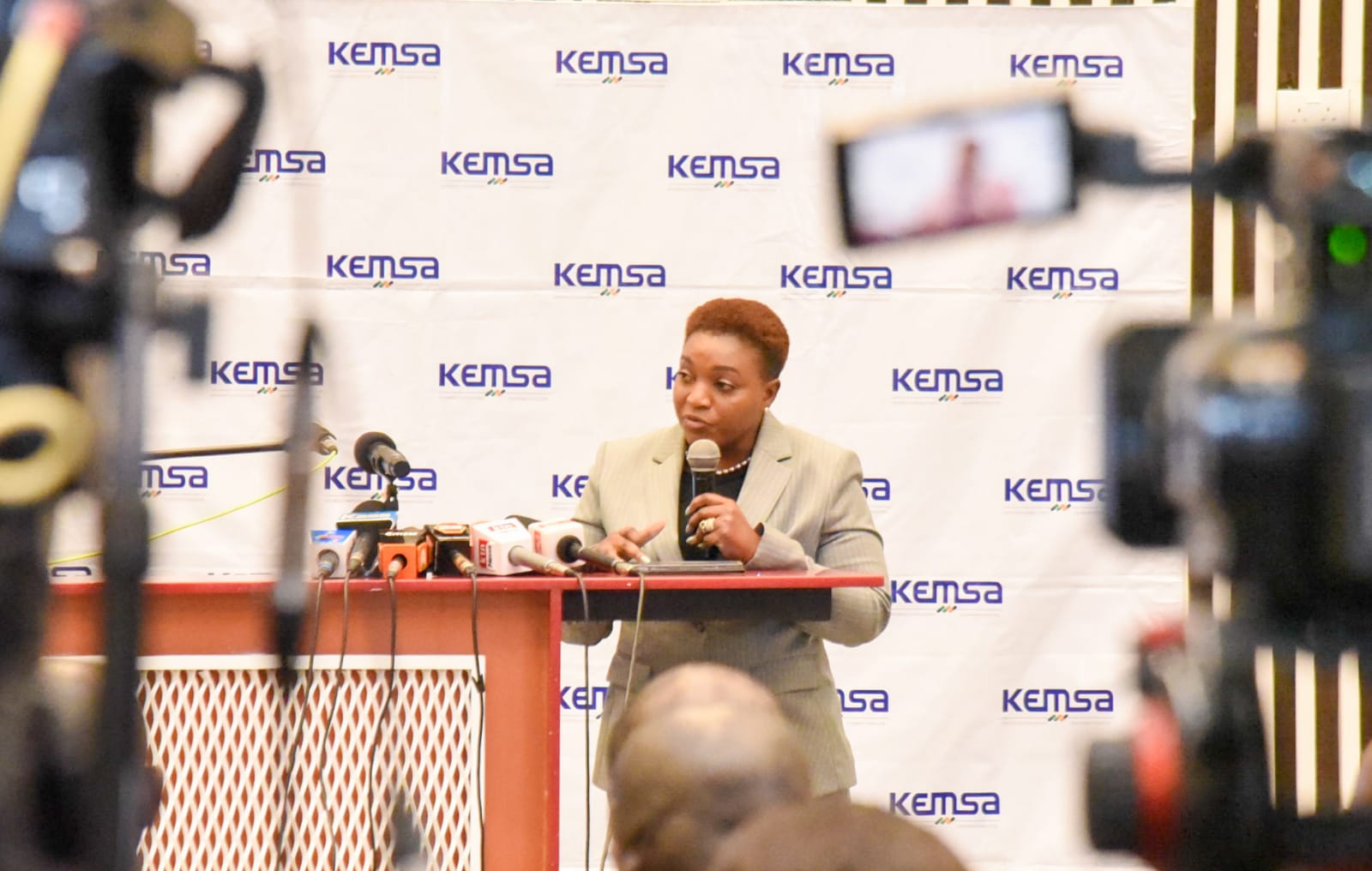
The country’s Ministry of Health, through the Health Cabinet Secretary Susan Nakhumicha, acknowledges a problem concerning accessing affordable Health Products and Technologies (HPTs) and commits to solving it to ensure that UHC succeeds.
Ms Nakhumicha said the most significant challenge lies in the supply chains of Kenya Medical and Supplies Authority (KEMSA), which has promised to remove any bottlenecks that may deny Kenyans easy access to affordable healthcare.
KEMSA is the State-owned sole supplier of Health Products and Technologies (HPTs) to public health facilities.

Dr Andrew Mulwa, the KEMSA chief executive, said the Authority had undertaken timely procurement procedures and is promptly paying suppliers so that affordable health products can be accessible to all Kenyans.
It has also reviewed contracts to get the best value for money and take advantage of economies of scale.
The commitment to transparency has given Health Ministry hope that the trust deficit between stakeholders will be eliminated as procurement processes will be fair.
Dr Mulwa assured that the board is mainstreaming ethics into all business processes through continuous staff sensitization.
“The Authority is planning to revise and update over 35 policies, which will ensure that staff operate within the procedures and regulations,” Dr Mulwa said. “The management recently reviewed its risk registers, identified existing operational gaps, and developed mitigation measures to rid corruption.”
The commitment to transparency has given Afya House hope that the trust deficit between stakeholders will be eliminated as procurement processes will be fair, efficient, and compliant with regulations.
“The market for health products in Kenya shows a worrying trend of continually escalating prices. If left unchecked, these increasing costs will obstruct the delivery of affordable, high-quality medical commodities.”
Kenya’s UHC policy states that the availability, accessibility, quality, and pricing of medicines, vaccines, and health products and technologies is a crucial component and challenge to the success of UHC.
Nakhumicha worries that the high costs of HPTs will obstruct the delivery of affordable, high-quality medical commodities.
“The market for HPTs in Kenya shows a worrying trend of continually escalating prices. If left unchecked, these increasing costs will obstruct the delivery of affordable, high-quality medical commodities,” she said.
Since health is a devolved function, county governments are the most prominent clients of KEMSA because they are the key purchasers of health commodities.
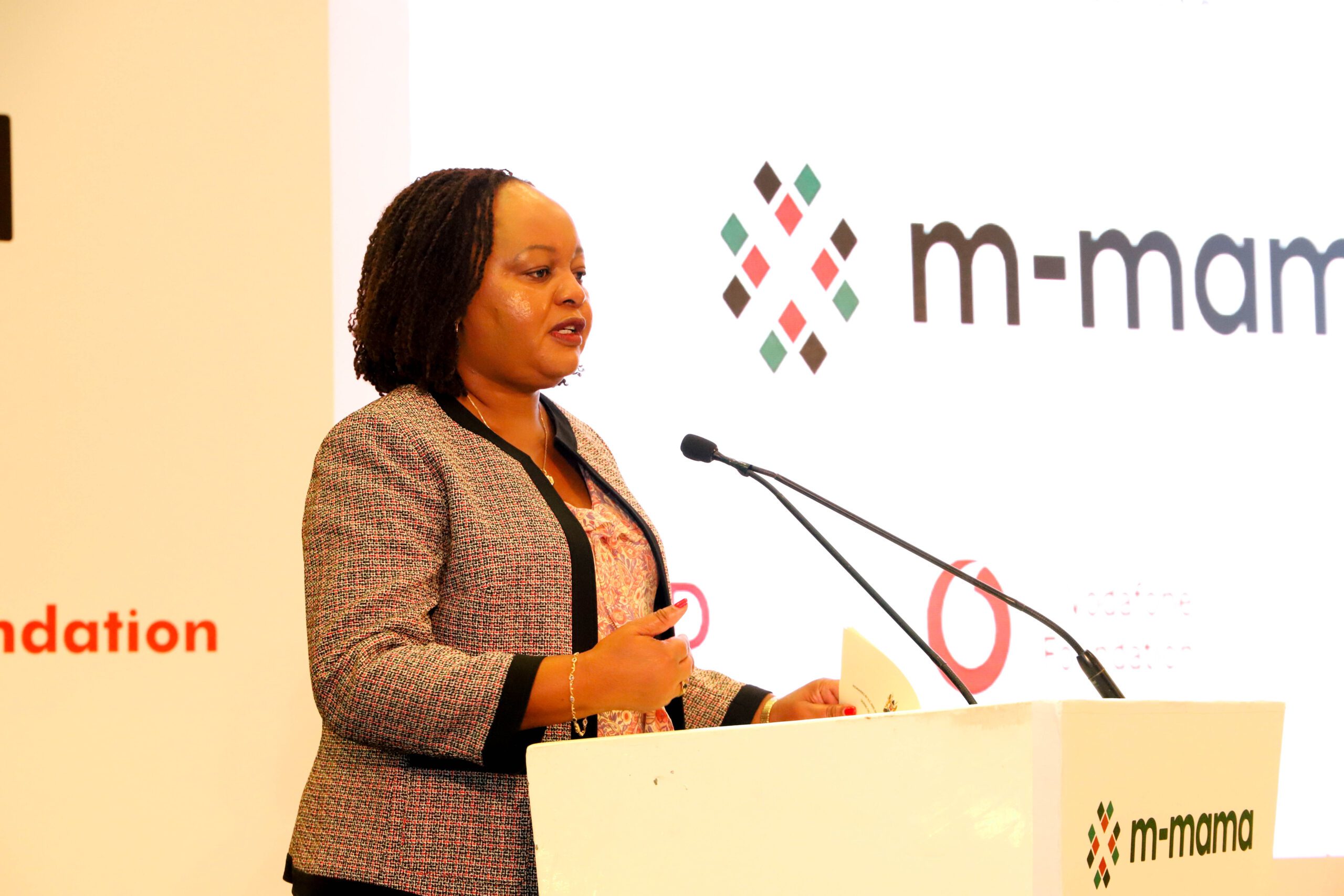
Anne Waiguru, the Council of Governors chair, said counties are focusing on local manufacturing as a critical contributor to the availability and affordability of quality HPTs.
Kenya imports most of its medicines, with the United Nations COMTRADE database on international trade showing that the cost of imports of pharmaceutical products was 776.76 million dollars in 2021.

President William Ruto also admits that Kenya spends tens of millions of dollars to import pharmaceuticals and, on July 14, put the figure at 1 billion dollars per year.
Such figures have led to calls for local HPT manufacturers to do their bit so the cost of healthcare can come down.

“The sector has already set clear policy objectives on increasing the value of purchases from local firms to 50 percent,” said Waiguru, also the Governor of Kirinyaga, one of the leaders in the journey to achieving UHC with healthcare projects of national stature.
Medicines account for up to 60 percent of healthcare costs in developing countries, including Kenya, and even when medications are available, patients have to pay for them.
She added that counties have encouraged local firms to update their manufacturing capabilities with them and ensure that appropriate databases are maintained and validation is undertaken during the annual business license renewal process.
In April, the Daily Nation reported that prices of crucial imported medical supplies, including cancer, hypertension, and kidney disease medicines, had increased significantly due to the weakened shilling.
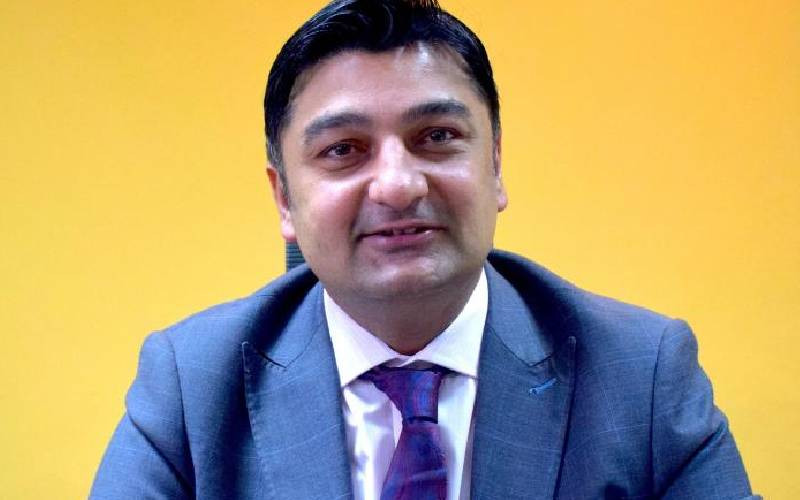
“Most of the medical supplies, be it medicines, surgical supplies, or medical equipment, are imported, and due to currency devaluation and supply chain challenges, several vendors have sent us notices and revised prices,” Rashid Khalani, the CEO of Aga Khan University Hospital, told the media. “On average, the costs have increased by 12 to 15 percent.”

To ensure the medicines reach their intended destinations, KEMSA and county governments say they are investing in technology that will enhance end-to-end visibility in the supply chain and track the movement of healthcare products from the point of origin to that of consumption.
Waiguru said an elaborate e-LMIS — Electronic Logistics Management Information System — will help address the timeliness and completeness of reporting health commodities data.
“In Kenya, only seven percent of income for low-income earners is available for healthcare costs, including medicines.”
“Moving forward, county governments need to develop and adopt a standard policy on the use of e-LMIS, incorporate e-LMIS in the county health legislation with requirements for reporting by facilities, and jointly invest in a suitable e-LMIS that is interoperable with other health systems as well as county core information systems,” she says.
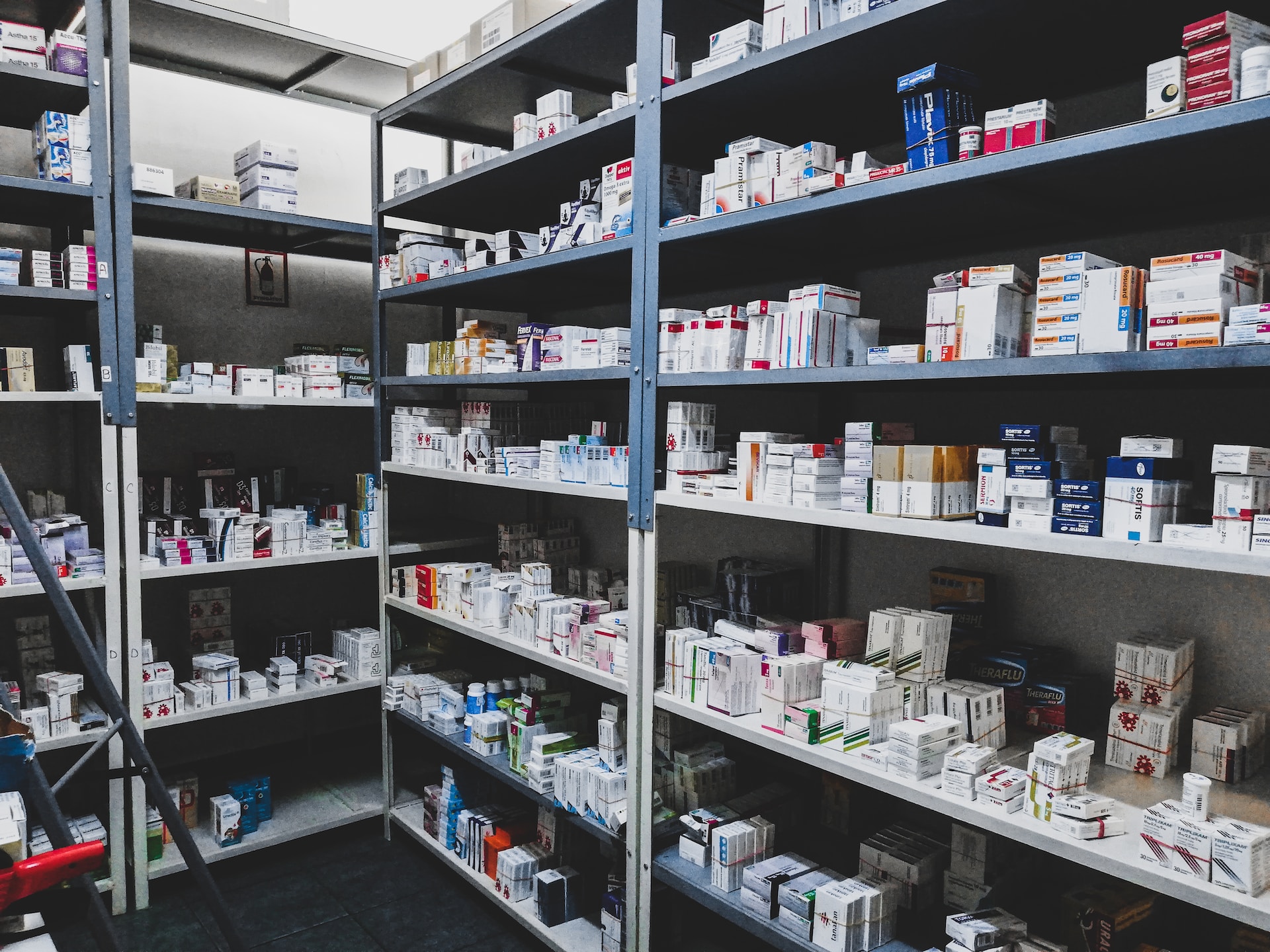
The World Health Organization (WHO) recommends developing and implementing a “medicines pricing policy to achieve a greater level of transparency, uniformity, and predictability in the pricing of medicines, including the consideration of reference pricing for medicines in the private sector.”
According to a 2019 study, medicines account for up to 60 percent of healthcare costs in developing countries, including Kenya, and even when medications are available, patients have to pay for them.
“Most low-income residents pay out-of-pocket for health services and transport to private health facilities.”
Yet in Kenya, only seven percent of income for low-income earners is available for healthcare costs, including medicines.
“Owing to low availability of medicines in the public health facilities and poor accessibility to these facilities, most low-income residents pay out-of-pocket for health services and transport to the private health facilities,” write Dennis Ongarora and others in the study titled Medicine Prices, Availability, and Affordability in Private Health Facilities in Low-Income Settlements in Nairobi County, Kenya.
The Kenya Demographic and Health Survey 2022 shows that out-of-pocket (cash) payments are the most common means of payment for both inpatient and outpatient expenditures, with only one in four Kenyans (26 percent) having some form of health insurance.
_______________________________________________________________________________________________
Ombogo is an editorial consultant and consulting science editor for Media for Environment, Science, Health and Agriculture (MESHA) in Kenya.
